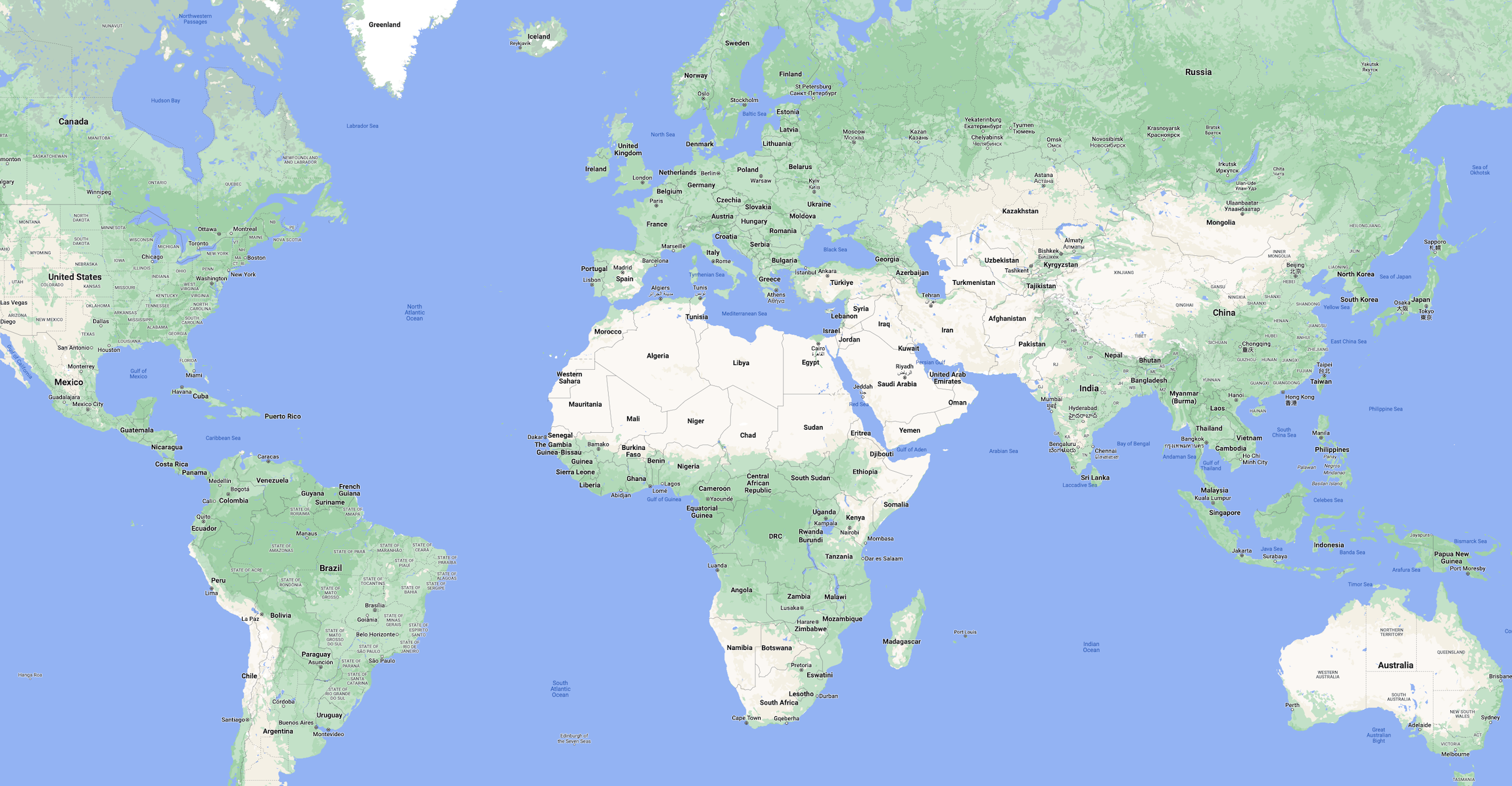PRICE INCLUSIONS
: From $4,300 per Adult
PRICE INCLUDES
- A pre-trip learning session (in person or by skype)
- Trip Leaders, Laura Kozaitis (Co-Founder and Board Director of the Siddhartha School Project) throughout the entire trip
- Private English speaking local guides in each region
- All accommodation mentioned in the program, hotel rooms based on two-person sharing (Price for single room is $525 more)
- All transfers mentioned in the program with in luxury air-conditioned mini-coach or ca
- Entrance fee for all sights mentioned in the program
- All daily meals listed in program (unless indicated otherwise)
- In-country airfare
Note: As part of the commitment to this trip, we encourge a donation to support the Siddhartha School’s art and cultural programming for the students: Donate online here, or contact Laura Kozaitis ([email protected]) if you wish to mail a check.
DIETARY REQUIREMENTS:
We can cater for some food allergies or vegetarians if you specify your dietary requirements under the Edit Profile link in the upper right.
NOT INCLUDED:
- Indian Tourist Visa ($88.05 online) Click under TASKS to apply, but please wait to do so until we instruct you to do so. )Meals that are not specified in the above itinerary
- Drinks
- Tips for the driver/guide
- Items of a personal nature
- International Flights & visa
- Travel insurance (note, we recommend travel insurance for all of the travelers and work with Travelex to offer comprehensive travel protection. Get a quote here, or by calling 800-228-9792 (reference agent code #47-0250).
Itinerary Flexibility: The itinerary is flexible and can be adjusted to meet the group’s needs but if there are any major changes to the itinerary then the cost will need to be reviewed.
The itinerary is correct at the time of submission; however, we reserve the right to modify the itinerary, service locations, cost and cities visited if major schedule changes dictate. Hotels listed are subject to confirmation and change. In all cases, we will endeavor to preserve the quality of what is presented herein.
HOW TO REGISTER/BOOK:
Simply click the BUTTON in the footer below and register for the tour, and submit a deposit of $500 per person to Global Family Travels here, or mail-in by check with your signed liability waiver and booking form.
The balance of the trip cost must be paid 8 weeks prior to the trip departure of your deposit and you will receive an invoice from us reminding you of this date.
Please see our full terms and conditions on our booking form which you can find under Trip Tasks, and per below:
Reservation and Trip Deposit: To secure your booking for this trip, please submit a deposit of $500 per person to Global Family Travels, with a signed liability waiver. The trip deposit can be made by credit card via on our on-line payment system, or by mailing a check to us.
Payment Schedule: Payments of the remaining balance can be made on a monthly schedule if the participants wish, however, the balance must be paid in full 8 weeks before the program departs.
The deposit is non-refundable unless the program is canceled, at which point the entire deposit is refundable. The balances of program fees paid are refundable as described in advance of the start of the tour:
Cancellations received before 90 days: 10 % of tour cost
Cancellations received between 60 - 90 days: 25 % of tour cost
Cancellations received between 30 - 60 days before: 50 % of tour cost
Cancellations received less than 30 days before: No refund







.jpg?fit=crop&crop=entropy&w=600&h=400&auto=format)




























































